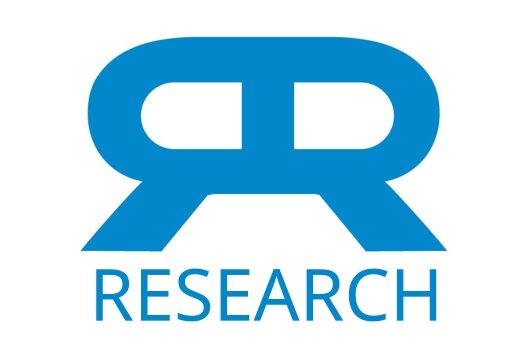There is increasing evidence that a behavioral treatment approach might be efficacious in the treatment of the emotional aspects of infertility and may lead to increased conception rates. The first 54 women to complete a behavioral treatment program based on the elicitation of the relaxation response showed statistically significant decreases in anxiety, depression, and fatigue as well as increases in vigor. In addition, 34% of these women became pregnant within 6 months of completing the program. These findings established a role for stress reduction in the long-term treatment of infertility. They further suggest that behavioral treatment should be considered for couples with infertility before or in conjunction with reproductive technologies such as intrauterine insemination and gamete intrafallopian transfer.
The mind/body program for infertility: A new behavioral treatment approach for women with infertility
Publication
Fertility and Sterility
Volume 53, Issue 2
Abstract
Web and Email Links
Related Listings
Journal
Am. J. Public Health
An experiment conducted at the corporate offices of a manufacturing firm investigated the effects of daily relaxation breaks on five self-reported measures of health, performance, and well-being. For 12 weeks, 126 volunteers filled out daily records and reported bi-weekly for additional measurements. After four weeks of baseline monitoring, they were divided randomly into three groups: Group A was taught a technique for producing the relaxation response; Group B was instructed to sit […]
Journal
Behavioral Medicine
This randomized, prospective study investigated the effectiveness of two group behavioral medicine interventions for primary care patients experiencing physical symptoms with a psychosocial component (eg, palpitations, gastrointestinal disturbances, headaches, malaise, sleep disorders). The subjects were 80 volunteers at a health maintenance organization (HMO) in the greater Boston area. Both interventions focused on the mind/body relationship and used didactic material, relaxation-re […]
Journal
Journal of Cardiovascular Nursing
Hypertension is one of the leading health problems in the United States. It is commonly accepted that as many as 60 million Americans have hypertension, with the majority (>70%) having mild elevations (diastolic pressure range, 90-104 mm Hg). The treatment of hypertension accounts for more office visits to health care providers and more treatment than any other medical diagnosis. A 1980 National Institutes of Health survey showed that about 2% of visits to health care providers wer […]

